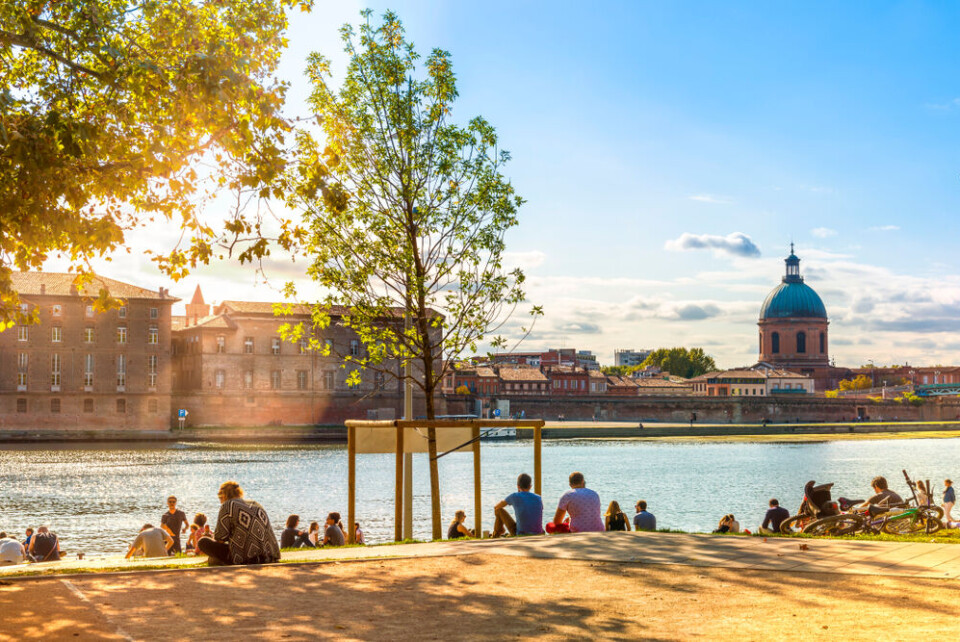-
Britons are the largest foreign community of second-home owners in Nouvelle Aquitaine
See which other departments in the region are popular with British nationals
-
Travellers risk extra costs under new Eurotunnel ticket rule
Some fare options are less flexible and less forgiving of lateness
-
May will be difficult month for train travel in France, warns minister
Two major train unions are threatening to strike and are ‘not willing to negotiate’, he says
MAP: See if your area of France is losing or gaining residents
Exodus to larger cities, particularly in the south, is among trends in latest data

There were more than 68 million inhabitants in France in 2021, according to data released earlier this week by the national statistical body Insee.
This is the most up-to-date information on national population trends, and it shows that on average the population increased by 0.3% per year between 2015 and 2021.
Reasons for the relatively low growth (between 2010 and 2015, the annual increase was almost double) include the high death toll during the Covid-19 pandemic, the general ageing of the ‘baby-boomer’ generation which had a very high birth rate, and a fall in the number of births per female across France.
The data also looked at departmental trends, showing which areas had gained – or lost – residents between 2015 and 2021.
These departmental changes show mixed results. Some areas showed strong growth and others noticeable declines, largely due to migration from rural areas to larger cities.
In general, major cities in the south showed strong levels of population growth, whereas rural areas in the north-east and centre recorded a loss of population.
Where were the biggest falls in population?
The largest fall in population rates were unsurprisingly in rural departments, with three recording population drops of over 4%. These were:
-
Meuse, Grand Est (-4.57%)
-
Haute-Marne, Grand Est (-4.53%)
-
Nièvre, Bourgogne-Franche-Comté (-4.41%)
Ile-de-France (Paris) was also amongst the departments that recorded the biggest population drop (-3.33%).
Elsewhere, departments in the north generally saw their population decrease, as did those in the centre of France.
And the biggest risers?
The department with the largest population growth was Haute-Garonne, which saw a 7.43% increase. The department is home to Toulouse, considered a contributing factor to the rise.
Other departments with large increases included:
-
Gironde, Nouvelle-Aquitaine (6.88%, including Bordeaux)
-
Hérault, Occitanie, (7.29%, including Montpellier)
-
Loire-Atlantique, Pays de la Loire (6.78%, including Nantes)
-
Ille-et-Vilaine, Brittany (5.32%, including Rennes)
The population growth was largest on the Atlantic west coast although the south in general also saw rises across the board, including in both Corsican departments.
You can see the full map below:
Related articles
‘Healthy’ life expectancy is increasing in France
Seven key trends in new French property market data
























